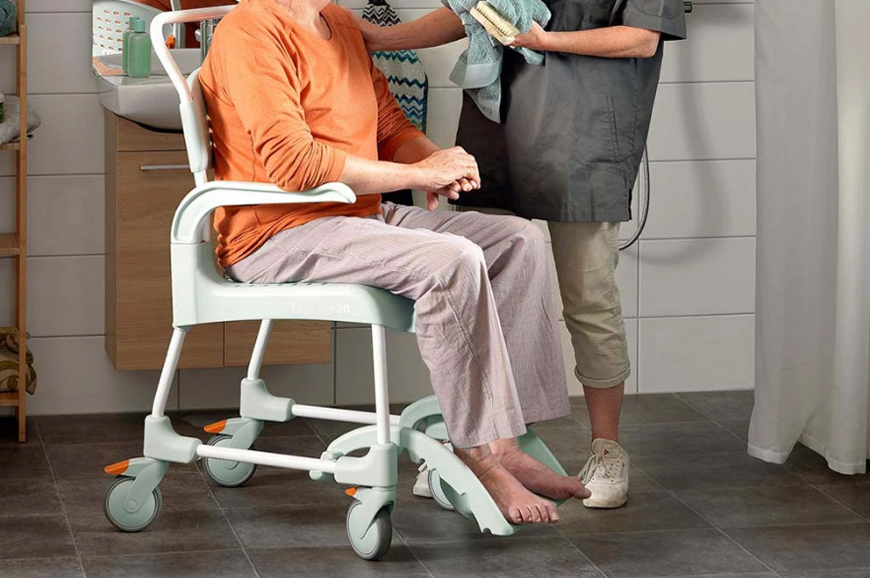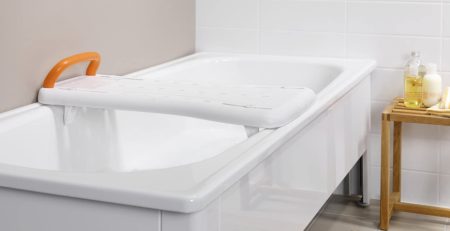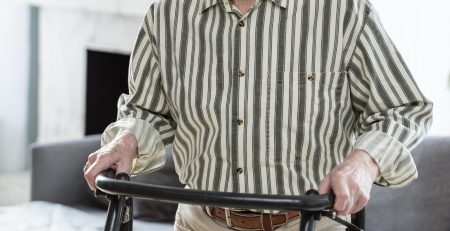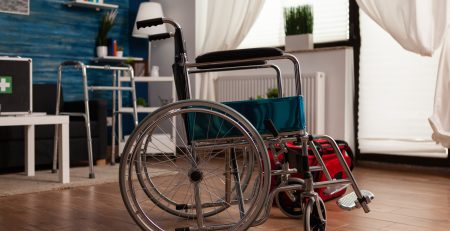- No products in the cart.
Daily living aids – When is it time to get them
For some people, daily living aids may not even be an option that enters their mind when they think about their routine activities. However, other people in their life like loved ones or caregivers may see warning signs that point toward needing more assistance. It can be hard to determine what support needs to be in place to meet your needs, especially if you are managing several health conditions or environmental factors such as inaccessible housing, limited resources, and more. Individuals who are assessing their loved one’s need for daily living aids should pay attention to some of the following when making their decision:
Fear
If your loved one is able to articulate their fear of completing certain activities, you know it is time to get some accommodations in place to ensure for their safety. In many cases, individuals with cognitive disabilities or communication disorders may have trouble expressing how they feel about doing certain activities on their own. In these cases, they may behave in a way that points toward their fear of doing certain (or all) activities independently. Some common examples of changed behavior that may indicate fear are:
- Moving arms around a lot or grabbing for anything nearby when getting in and out of the tub, up and down off a chair, in and out of bed, and on and off the toilet
- Getting in and out of a standard tub without any equipment or modifications in place
- Adopting a new walking pattern
- Taking short, slow steps with legs close together
- Shuffling or dragging feet on the ground as they walk
- Hunching over their shoulders and neck so their head is facing the floor
- Furniture walking, which is when someone always walks next to furniture or a wall so they have something to hold onto
- Sitting on the floor and using arms and legs to scooch down the stairs rather than walking
Avoidance (or neglect)
If fear gets out of control and is not properly addressed or eliminated, it can quickly and easily turn into complete avoidance of certain tasks and situations. Avoidance may seem harmless at first, as it can appear that someone is just being overly safe by not doing something that may hurt them. However, there is a fine line between avoidance and neglect. For example, someone may avoid driving because they have poor balance and do not want to walk in their driveway or garage due to a fear of falling. This is understandable, but if it continues, this individual may entirely neglect basic and foundational chores and household management like going to the grocery store, picking up their medications, and going to doctor’s appointments. As you can see, ignoring these activities of daily living (ADLs) can cause someone to not eat, become non-compliant with doctor’s recommendations, and no longer get check-ups or routine medical screenings.
Another common example of avoidance is someone who is afraid of falling in the bathroom, which is the most dangerous area of the home if it is not adapted with age. Someone may avoid going to the bathroom entirely, leading them to become incontinent, soiled, and stop cleaning themselves. If someone does not clean their bodies and hair enough, they are at risk for superficial wounds and, over time, pressure ulcers (also known as bed sores). These are chronic, serious conditions that are easily preventable with some modifications in place.
Issues within the realm of avoidance may first manifest as simple slip ups like placing shoes on the wrong feet, wearing clothing backwards or inside out, or misaligned/missing buttons on sweaters. But these signs can progress to smelling foul, visible marks on their arms and legs, cracked skin, and infected wounds such as blisters or sores that are not being treated.
Unsafe living conditions
It is not unheard of for someone to have trouble keeping up with their household management as they age or their health worsens. However, this can pose a large safety risk as the problem grows. Someone at first may have trouble keeping up with basic cleaning like dusting, vacuuming, cleaning out the refrigerator, or caring for pets. If they are persistently unable to do these chores, it can lead to rodent or insect infestation, bacterial contamination, and more. This places them at risk for airborne or foodborne illnesses that may result from a deteriorating living situation.
This can also present as having difficulty accessing certain areas of the home like high shelves, cabinets, certain rooms like the basement, or the back of the refrigerator. As such, individuals may attempt to compensate for these troubles by piling items up in easy to reach areas such as countertops, the floor, nearby chairs, or end tables. This is a good way to make things easier for yourself in small doses, but if it worsens to the point of creating clutter that is unsafe then alternative solutions must be explored.
Multiple falls
This one is perhaps the most obvious sign that indicates someone needs assistance with daily living activities. Anyone who is not able to safely navigate their environment, including home and the community, or complete any daily task such as bathing, dressing, grooming, toileting, and eating is a candidate for daily living aids or mobility devices.
If you are concerned about you or your loved one’s ability to safely and effectively engage in daily living tasks or any other activities, you should look into getting daily living aids to provide the help you need.















